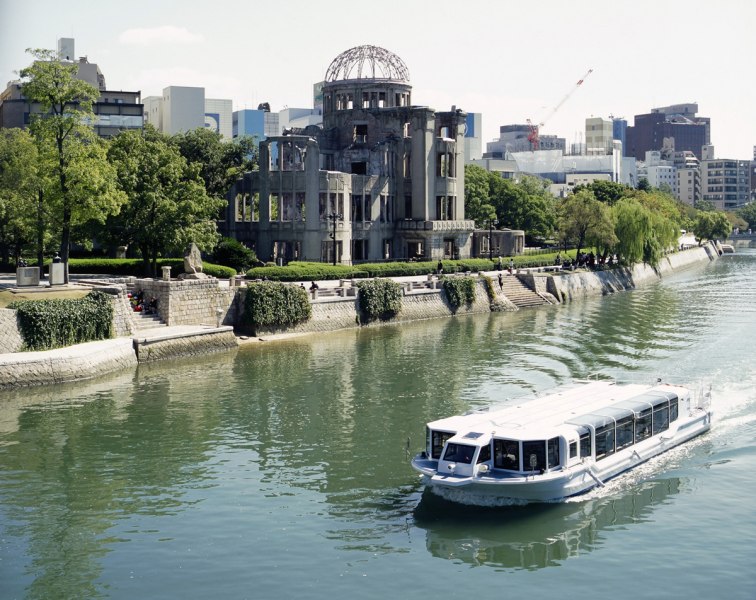Hiroshima
Official Website / Related Links
Related Routes
-

Hiroshima - Kure - Matsuyama
A regular line jointly operated by Setonaikaikisen Inc. and Ishizaki Kisen Co., Ltd. which connects Hiroshima Port (Minami-ku, Hiroshima-shi, Hiroshima-ken), Kure Port (Takara-cho, Kure-shi, Hiroshima-ken) , and ·Matsuyama Sightseeing Port(Takahama-cho, Matsuyama-shi, Ehime-ken) by a passenger car ferry in about 2 hours 45 minutes and by high speed passenger ship in about 1 hour 17 minutes.
[Fe...Items of Interest Car Ferries Fare JPY 930 - 7100 Dept. & Dest. Hiroshima Port to Matsuyama Sightseeing Port
-
Hiroshima - Kure - Matsuyama

A regular line jointly operated by Setonaikaikisen Inc. and Ishizaki Kisen Co., Ltd. which connects Hiroshima Port (Minami-ku, Hiroshima-shi, Hiroshima-ken), Ku...
Items of Interest Car Ferries Fare JPY 930 - 7100 Dept. & Dest. Hiroshima Port to Matsuyama Sightseeing Port







































